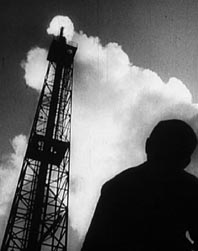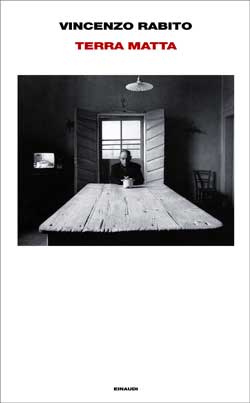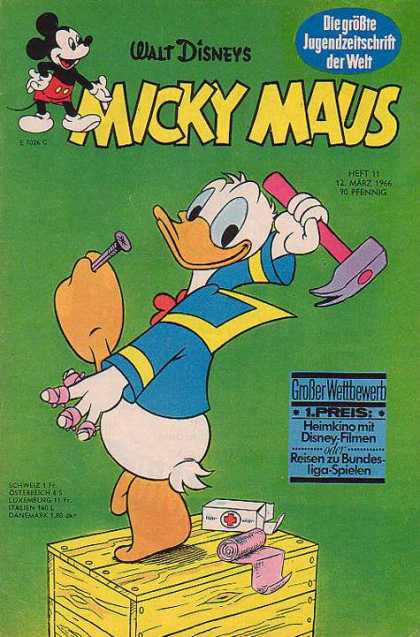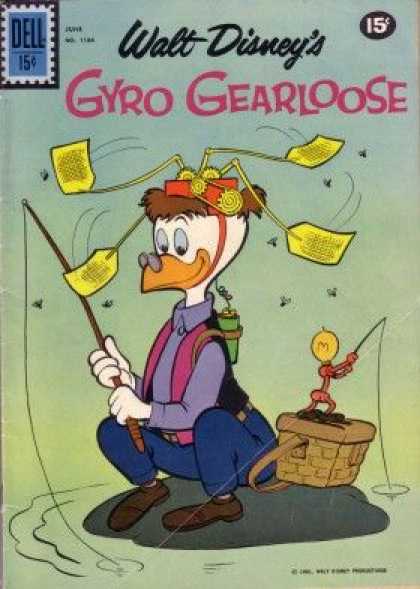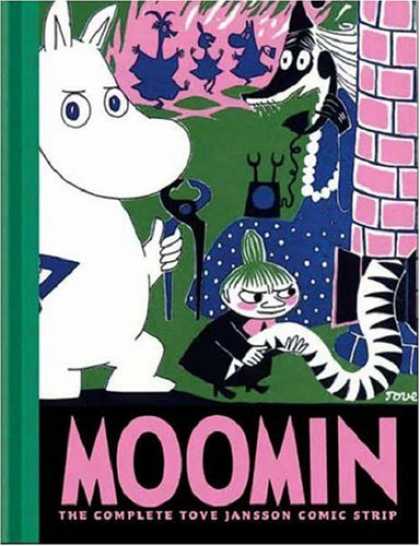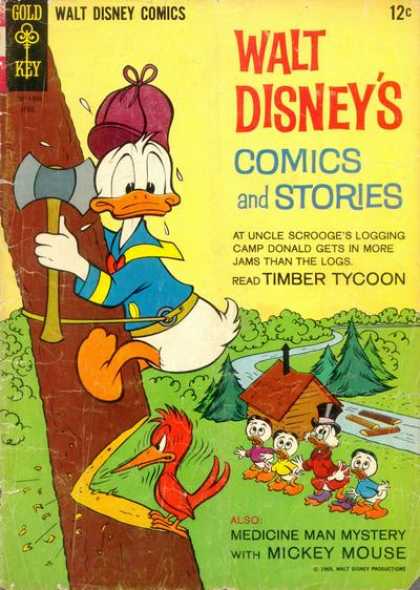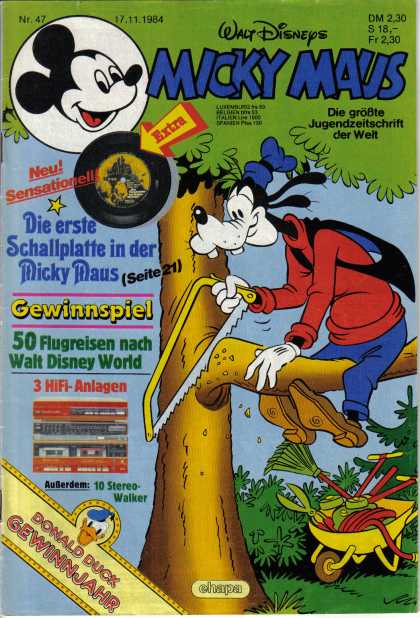1. “Mechanico è vocabolo onoratissimo, convenevole a uomo di alto affare et che sappia con le sue mani et co’l senno mandare ad esecuzione opere meravigliose a singolare utilità et diletto del vivere humano”
2. “Ogni giorno di più chi eccelleva per ingegno e vigore d’animo, insegnava a mutare il tenore di vita del passato, in virtù delle nuove scoperte e dell’uso del fuoco.” È un passo da ...
3. Adam Darby, a Coalbrookdale nello Shropshire in Inghilterra nel 1709...
4. Adam-Yves Goguet (1716-58)...
5. Agostino Ramelli fu ...
6. Al Collegio Romano all’inizio del XVII si costituì ...
7. Alessandro Dimitrevich Zassiadko (1779-1837)...
8. Alonso Barba
9. Ambroise Paré...
10. Antipatro di Tessalonica, nell’Antologia Palatina,...
11. Antoine Parent...
12. Antonio Bertola....
13. Antonio Felice De Vincenti...
14. Ascanio Sobrero...
15. Athanasius Kircher...
16. Bartolomeo Intieri...
17. Benjamin Franklin oltre all’invenzione del parafulmine...
18. Benoît Fourneyron (1802-67)
19. Boulton e Watt costruiscono la prima macchina a vapore ad albero rotante ...
20. Carlo Cattaneo...
21. Carlo Ignazio Giulio...
22. Constantin Eduardovich Tsiolkowski (1857-1935)...
23. Ctesibio di Alessandria visse ...
24. Daniel Defoe nel suo Tour Thro’ the Whole Island of Great Britain...
25. Domenico Fontana resta famoso per...
26. Eli Whitney è l’inventore...
27. Fausto Veranzio (1551-1617), autore di un importante teatro di macchine era...
28. Ferdinand Berthoud (1727-1807)
29. Francesco di Giorgio rinnovò ...
30. François Hennebique (1842-1921)...
31. Georg Andreas Böckler...
32. Georg Andreas Böckler...
33. Giovanni de’ Dondi di Padova...
34. Giovanni Gastaldi, Ascanio Sobrero e Quintino Sella...
35. Giovanni Poleni (1683-1761)...
36. Guido da Vigevano, era di professione ...
37. Guidobaldo dei Marchesi del Monte fu maestro di ...
38. Guidobaldo del Monte...
39. Henry Clarke...
40. Hermann Julius Oberth...
41. i fabri aerarii, nella Roma antica,...
42. i libri di Varrone furono alla base ...
43. I nomi di Plumier, Hulot e Bergeron sono legati....
44. I primi laminatoi utilizzati per l’Ammiragliato inglese furono sviluppati...
45. i primi orologi meccanici appaiono sulle torri civiche e campanarie nel ...
46. I proti erano ...
47. i tektones, nella Roma antica,...
48. i Viaggi di John Mandeville...
49. Il “difference engine” di Charles Babbage fu conosciuto in Europa ...
50. Il “difference engine” è inventato da...
51. Il “tornio ornamentale” è...
52. Il «Journal des Sçavans» fu
53. Il 22 marzo 1841 l’imprenditore e banchiere tedesco Enrico Mylius (1769-1854) a Milano
54. il Bellifortis è un trattato di tecnologia militare...
55. Il Bombix mori L. ...
56. Il Catalogus historiarum particularium secundum capita di Francis Bacon è ...
57. Il College of Arts and Sciences...
58. il corobate era uno strumento per...
59. il De Aquae Ductu Urbis Romae...
60. il De Architectura …
61. il trattato De Architectura…
62. il De Re Rustica è un’opera di
63. Il Dizionario delle arti e de’ mestieri del Griselini è...
64. il filacterium di cui si fa menzione a Lucca nel XIV secolo è...
65. Il film Metropolis fu diretto da...
66. il meccanismo di Antikythera, è probabilmente un regolo per calcoli di navigazione...
67. il monaco Teofilo nell’XI secolo...
68. Il Morris Act (1862)...
69. il mulino ad acqua si diffuse largamente...
70. il mulino ad acqua...
71. Il Mundus subterraneus (Amsterdam 1664)...
72. Il Novo Theatro di Machine et Edificii (1607) fu scritto da...
73. il paratorium è...
74. il pes romanus...
75. Il pisano Antonio Pacinotti (1841-1912)
76. il Pont du Gard, un ponte acquedotto romano di grandi dimensioni, ...
77. Il primato della legislazione in materia di privilegi industriali e di brevetti...
78. Il primo computer completamente elettronico (Eniac)...
79. Il primo volume dell’Encyclopédie di Diderot e d’Alembert ...
80. Il Prodromo all’arte maestra dell’abate Lana Terzi...
81. Il puddelling è brevettato nel 1783...
82. il Ricordo di agricoltura (1566)...
83. Il termine “machine célibataire” fu coniato da...
84. il Texaurus Regis Francie è un trattato...
85. il trabocco è una macchina da guerra ...
86. il volano per superare i punti morti di un meccanismo biella-manovella è già descritto ...
87. In Francia, i Frères Pontifes erano ...
88. Isaac Newton fu...
89. Isacco Rousseau, padre di Jean-Jacques
90. Jacques Brandenburger nel 1912...
91. Jacques de Vaucanson divenne famoso...
92. Jacques Vaucanson divenne famoso per ...
93. Jacques Vaucanson fu l’inventore ...
94. James Richards ...
95. Jean Gaffin Gallon ...
96. Jean Victor Poncelet (1788-1867), prendendo in esame le considerazioni di J.C. De Borda
97. Johann Beckmann (1739-1811), ispettore di fabbriche, miniere e fonderie in Germania,...
98. John Smeaton (1724-92)...
99. John W. Hyatt nel 1868...
100. Joseph Schumpeter nel suo saggio Teoria dello sviluppo economico (1912)...
101. Julien Offroy de la Mettrie scrisse...
102. Justus von Liebig nel XIX secolo ...
103. Karel Čapek nel 1921...
104. Konrad Zuse negli anni ‘30...
105. L’ Architecture hydraulique...
106. L’Accademia delle Scienze di Torino è fondata da...
107. l’affermazione che la storia della tecnica è ripartita in tre fasi: «la tecnica del caso», «la tecnica dell’artigiano», e «la tecnica del tecnico» è di ...
108. l’alleanza tra cavallo e cavaliere...
109. l’aratro pesante a ruote trainato da quattro coppie di buoi ...
110. L’Architectura nova curiosa (1664)...
111. l’Arsenale di Venezia...
112. L’Enciclopedia delle arti e delle industrie (Torino fu diretta ...
113. L’Encyclopedia Britannica...
114. l’Epitoma institutionum rei militaris...
115. L’Espisizione internazionale di Philadelphia si inaugura nel ...
116. L’esposizione per la celebrazione del traforo del Sempione...
117. l’evo moderno si inizia ...
118. L’imperatore Rodolfo II trasferendosi a Praga nel 1583 ...
119. L’ingegnere francese Senot, nel 1795...
120. l’opus incertum presso i Romani è ...
121. L’orologiaio John Harris nel 1770
122. La “jenny” è inventata da....
123. La “macchina a fuoco” di Newcomen vede la luce...
124. la “machine de Marly” era ...
125. La “mule jenny” è inventata da...
126. La «Description des arts et métiers» è un’opera...
127. La «Scuola di Commercio e di Meccanica, da insegnarsi in lingua italiana»...
128. La cardatrice meccanica è inventata da...
129. la cavalleria come forza militare,...
130. La coltivazione è un poema in versi che tratta di agricoltura,...
131. la dignità scientifico-culturale delle artes mechanicae è affermata per la prima volta nel XII secolo ...
132. La ferrovia Fell...
133. La ferrovia Napoli-Portici (1839)...
134. La gualchiera è una macchina per....
135. la husbandry nel Rinascimento...
136. la keiroballista era una macchina da guerra ...
137. la lex Metilia de fullonibus (220. a.C.)...
138. La macchina di Savery (1698) ...
139. la modularità delle attrezzature militari è trattata da...
140. la noria (naura) è ...
141. la Nuova architettura civile e militare è il titolo di un’opera secentesca di ...
142. La Nuova architettura civile e militare...
143. La perforatrice pneumatica per il traforo del Frejus fu progettata...
144. La prima macchina a vapore che viene impiegata al di fuori dalle stazioni di pompaggio...
145. la prima rivoluzione agricola, nell’area mediterranea,...
146. la scala grafica e l’uso dell’assonometria per la prima volta compaiono nel “teatro di macchine” di ...
147. La rocca (o conocchia)...
148. la Royal Society di Londra è fondata nel...
149. La Royal Society of London for Promoting Natural Knowledge
150. la spinning jenny era una macchina per ...
151. la staffa, invenzione cinese,...
152. la tacit knowledge...
153. la taglia, una delle macchine elementari, è...
154. La tenivellatura è un’operazione meccanica sviluppata presso l’Arsenale di Torino...
155. La Trasportazione dell’obelisco vaticano è un’opera che si svolse a Roma sotto il pontificato di ...
156. Le “Philosophical Transactions” erano ...
157. Le diverse et artificiose machine è un « teatro di macchine »...
158. le Livre de prouffitz champêtres (Opera di agricoltura)...
159. Le Machinae Novae (1595) è un teatro di macchine...
160. Le Osservazioni in materia di Patenti di privilegio che costituiscono la legislazione del Regno di Sardegna di materia brevettuale...
161. Le prime esposizioni “d’oggetti d’arti e manifatture” a Torino...
162. Le Wunderkammer erano
163. Leonardo da Vinci operò ...
164. Leonardo da Vinci operò alla corte di ...
165. Lo «Stabilimento per le sperienze idrauliche» della Parella...
166. Lungo le coste del Mare del Nord, il mulino a vento...
167. Marc’Antonio Zimara nella sua opera ritiene che sia possibile...
168. Marco Polo giunge in Oriente ...
169. Mariano di Jacopo, detto il Taccola...
170. Marvin Minsky....
171. Michelangelo Buonarroti incomincia a costruire la cupola di San Pietro ...
172. Negli anni del fascismo, Gustavo Colonnetti...
173. Negli schizzi di Villard de Honnecourt si fa riferimento ...
174. Nei primi anni ’70 il Club di Roma...
175. Nel 1749, Spirito Benedetto Nicolis di Robilant (1724-1801)
176. Nel 1767, J.C. De Borda...
177. Nel 1826 Nicéphore Niépce, francese di Chalon-sur-Sane,
178. Nel 1855 Vittorio Angius...
179. Nel 1880 il Governo americano usa per il censimento una macchina a schede perforate inventata da ...
180. Nel 1889 William S. Burroughs...
181. Nel 1892 la viscosa è inventata da...
182. Nel 1912 la Fiat possedeva...
183. Nel De Re Aedificatoria di Leon Battista Alberti...
184. nel De Re Militari di Roberto Valturio ...
185. Nel De Sapientia Veterum, Bacone ...
186. Nel Novo Theatro di Machine et Edificii (1607)
187. Nel poema epico Os Lusiadas (Lisbona 1572), Luis Vaz de Camões ...
188. Nel Settecento il “moulin de Piémont” era...
189. Nell’evoluzione dei teatri di macchine, la sequenza temporale corretta è ...
190. nella leggenda, l’inventore del tornio fu...
191. nella premessa al suo Taccuino, Villard de Honnecourt nomina, come fondamenti dell’ingegneria, ...
192. Niccolò Tron nel primo Settecento...
193. Nicolas Leonard Sadi Carnot (1796-1832)
194. Nicolò Sabbatini si occupò
195. Olivier de Serres (1539-1619)...
196. Paul Scheerbhart (1863-1915)...
197. Robert Willis...
198. Roberto Valturio visse e operò alla corte di
199. Roland Barthes nel 1957...
200. Sesto Giulio Frontino...
201. Simon van der Meer...
202. Spirito Benedetto Nicolis di Robilant (1724-1801)
203. The Great Exhibition di Londra del 1851...
204. Thomaso Thomai, nell’Idea del giardino del mondo (1587)...
205. Tra gli iniziatori della Accademia delle scienze inglese c’è...
206. Un importante torcitoio da seta alla fine del ‘600...
207. Un interessante sistema di controllo del senso di rotazione di una ruota idraulica...
208. una importante traduzione del De Architectura di Vitruvio …
209. Vannoccio Biringucci (Siena 1480-Roma 1539)...
210. William Cooke e Charles Wheatstone...
